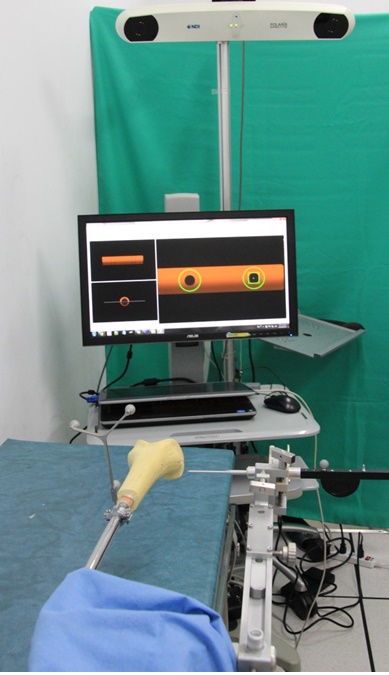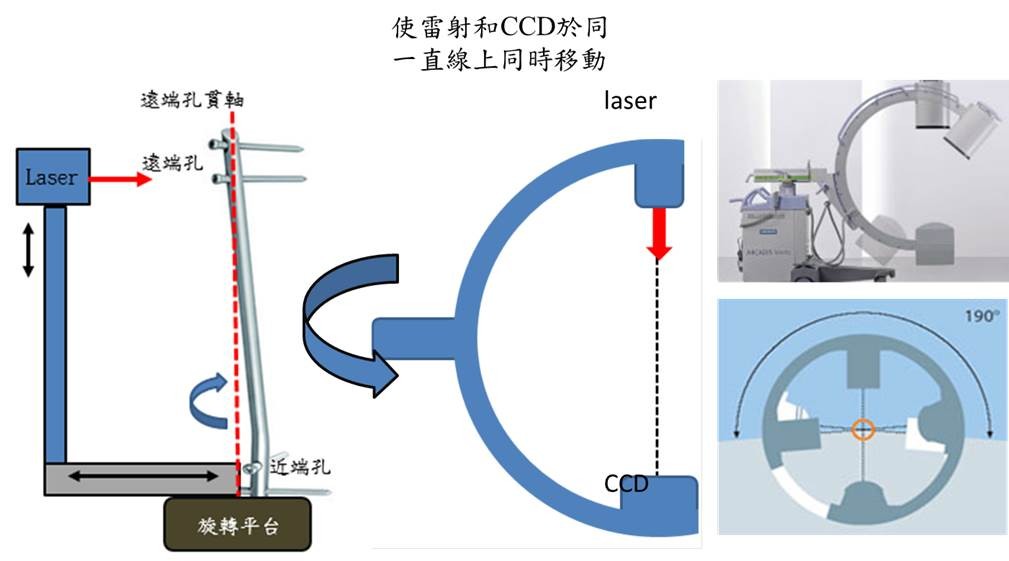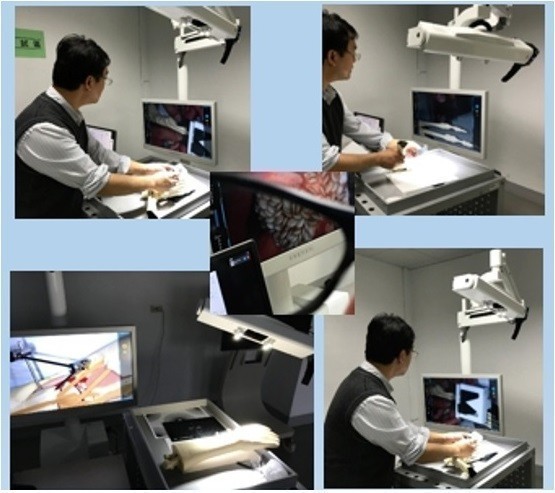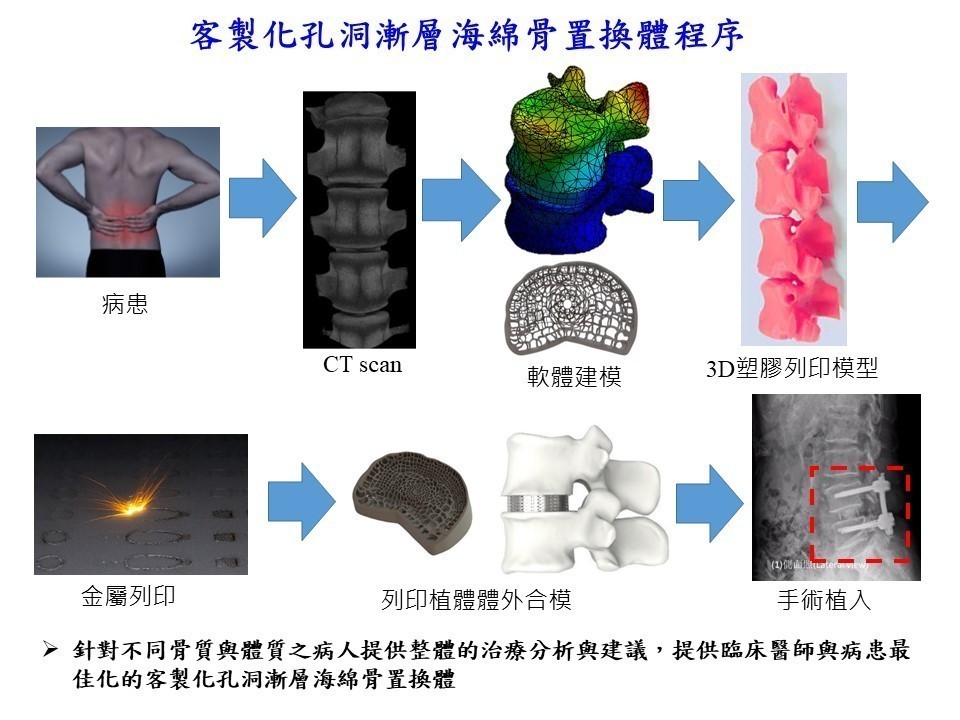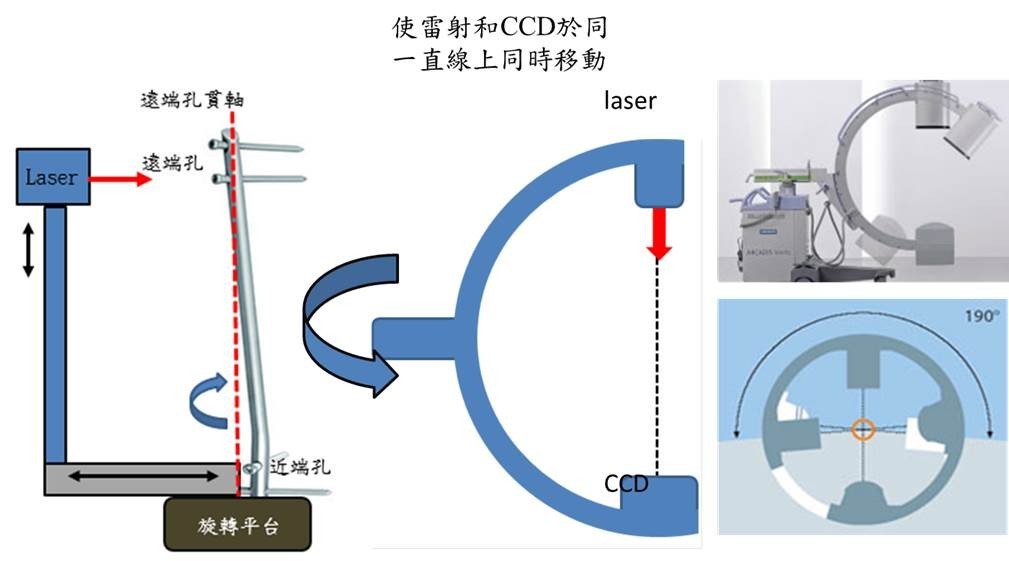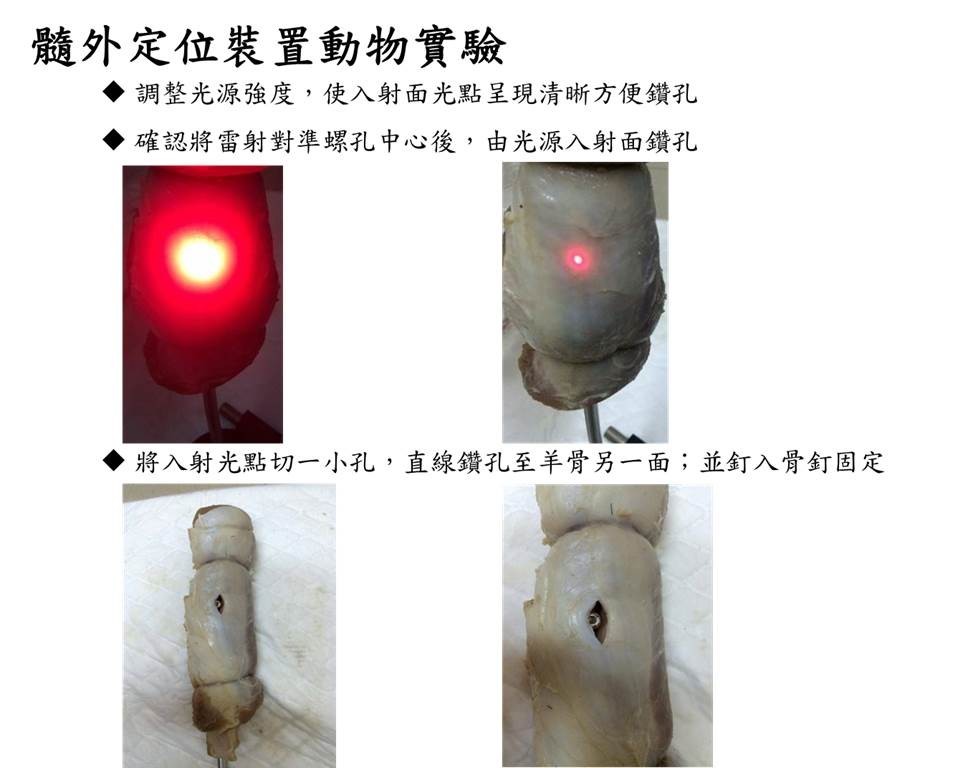| Technical Name | Extracorporeal Optical equipment of precise screw positioning | ||
|---|---|---|---|
| Project Operator | Kaohsiung medical university | ||
| Summary | Low extremity long bone fractures are among the most common fractures encountered in orthopedic practice. Intramedullary interlocking nailing and minimal invasive locking plating are considered as the current treatment methods for the management of lower limb long bone fractures. Although the technique of tibial and femoral antegrade nailing or plating have been well-established, the placement of distal locking screws is still troublesome for many orthopedic surgeons. Free-hand technique of attaining "perfect-circles" with the assistance of fluoroscopy is most common method for the insertion of distal locking screw. Its pitfalls include increased operative time, increased radiation exposure, and the incidence of distal locking screw misplacement. The aim of our study is to provide orthopedic surgeons with a fast, safe, and precise targeting device for screw placement by using electro-optical engineering to decreased radiation exposure of fluoroscopy to both the surgeons and the patients. |
||
| Scientific Breakthrough | 1.體外定位裝置:其光源架設於滑軌上做定位時之粗調功能;於滑軌和光源之間有旋轉平台,其功能為定位時微調之功用。 |
||
| Industrial Applicability | X 光機全球每年自然成長超過 5%,其中數位 X 光機是最大項目,根據工研院IEK的預估,嬰幼兒及移動式數位X光機全球產值將由2013年的4.8億美元,成長至2018年6.04億美元。本專利將可於臨床上更安全,更快速的取代X 光機 |
||
other people also saw

